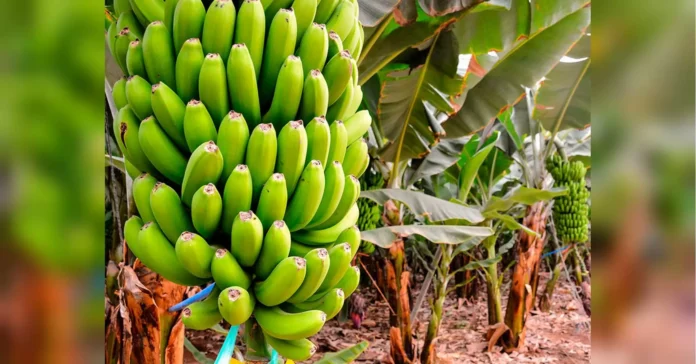Whole plantations of popular species disappearing due to disease
In recent years, there has been a concerning trend in the agriculture industry – whole plantations of popular species are disappearing due to disease. This is a serious issue that not only affects farmers and their livelihoods, but also has a broader impact on the economy and environment. Let’s take a look at this problem in more detail.
One of the main reasons for the disappearance of plantations is the spread of diseases. With the increasing global trade and travel, diseases that were once localized are now finding their way to other regions. For example, the citrus greening disease, also known as Huanglongbing, has devastated citrus plantations in Florida, Brazil, and other parts of the world. This bacterial disease is spread by a tiny insect called the Asian citrus psyllid, and it causes the trees to produce bitter, unmarketable fruit, eventually leading to their death.
Another major contributor to the decline of plantations is the lack of resistant varieties of crops. With the constant demand for high yields and quality produce, farmers often rely on monoculture – the practice of growing a single crop on a large scale. While this may seem efficient, it also makes the plantations vulnerable to diseases. When a new disease emerges, it can quickly spread and wipe out an entire plantation because all the plants are genetically identical and have no resistance to the disease.
The disappearance of these plantations not only affects the farmers who rely on them for their income, but it also has a wider impact on the economy. Agriculture is a crucial sector in many countries, supporting millions of jobs and contributing to the overall GDP. When plantations disappear, there is a ripple effect on the entire supply chain, including distributors, retailers, and consumers. This can lead to a decrease in food availability and an increase in prices, ultimately affecting the consumers.
The environmental impact of these disappearing plantations should also not be overlooked. Plantations not only provide food, but they also play a vital role in maintaining biodiversity and preserving the ecosystem. With the loss of these plantations, there is a decrease in wildlife habitats and a disruption in the natural balance. Moreover, the clearing of land for new plantations can also lead to deforestation and soil erosion, further damaging the environment.
So, what can be done to prevent the disappearance of these plantations? Firstly, there needs to be a focus on developing resistant varieties of crops. Scientists and researchers are continuously working on creating crops that are resistant to various diseases, and governments and organizations should invest in these efforts. A diverse range of crops should also be promoted, instead of relying on monoculture. This will not only help prevent the spread of diseases but also ensure food security in the face of unpredictable weather conditions.
Furthermore, there needs to be better surveillance and management of diseases. Early detection and containment of a disease can prevent it from spreading to other plantations and causing further damage. Farmers should also be educated on disease management techniques and be provided with the necessary resources to implement them.
Another solution could be diversifying the crops grown in a particular region. This can help reduce the risk of losing entire plantations to a single disease. Additionally, intercropping – the practice of growing different crops in the same field – can also help minimize the spread of diseases.
It is crucial to take these steps and address this issue before it becomes irreversible. Governments, farmers, and consumers all have a role to play in ensuring the sustainability of plantations. We must also support and encourage sustainable and environmentally friendly farming practices that can help prevent diseases and protect the plantations.
In conclusion, the disappearing of whole plantations of popular species due to disease is a serious problem that requires immediate attention. It not only affects the livelihoods of farmers but also has a broader impact on the economy and environment. With a collective effort and the implementation of preventive measures, we can ensure the sustainability of our plantations and protect our food supply for the future. Let’s work together to find solutions and prevent the loss of these vital plantations.

